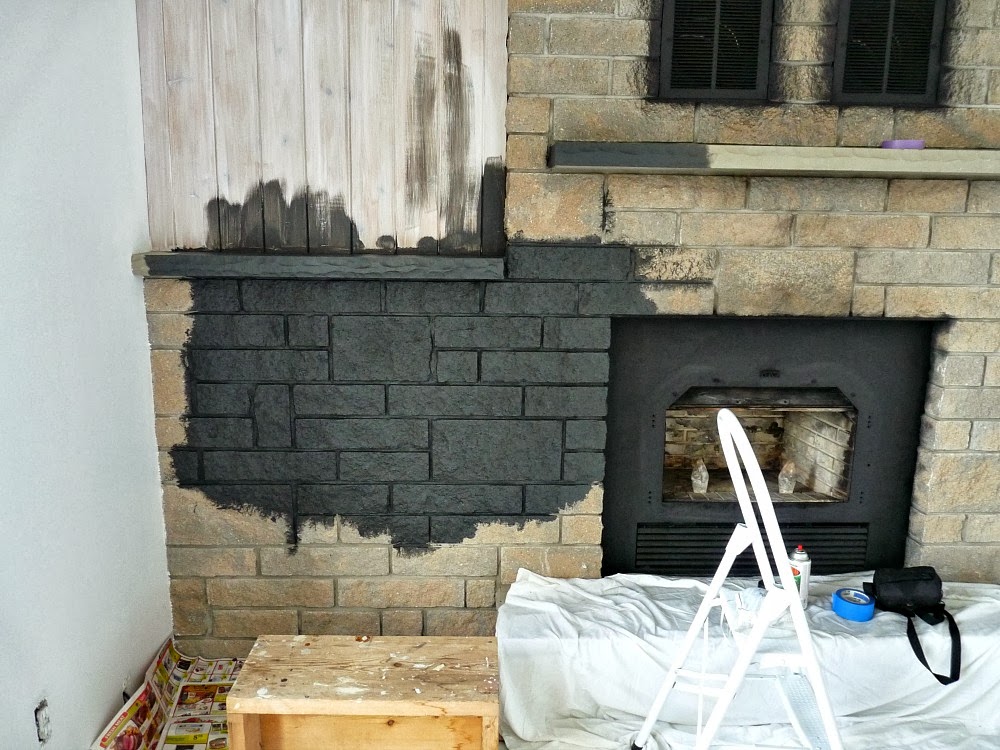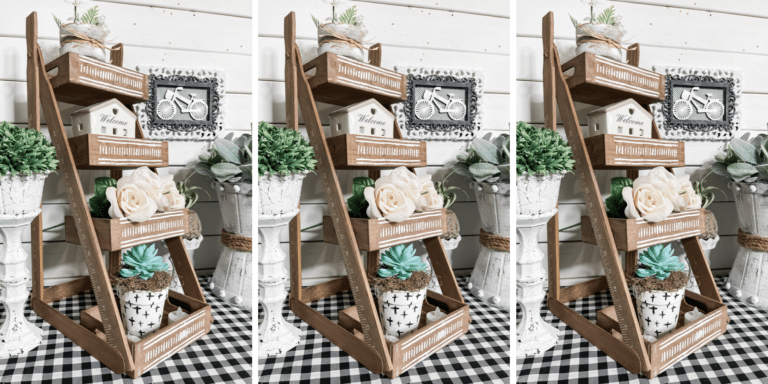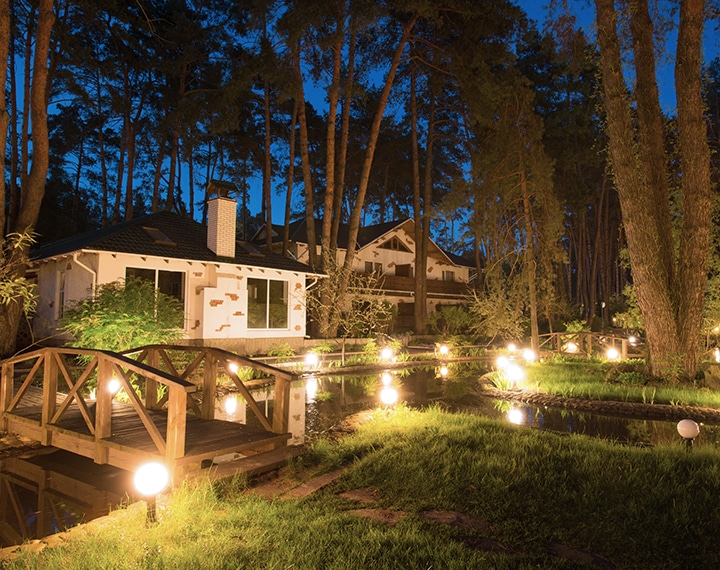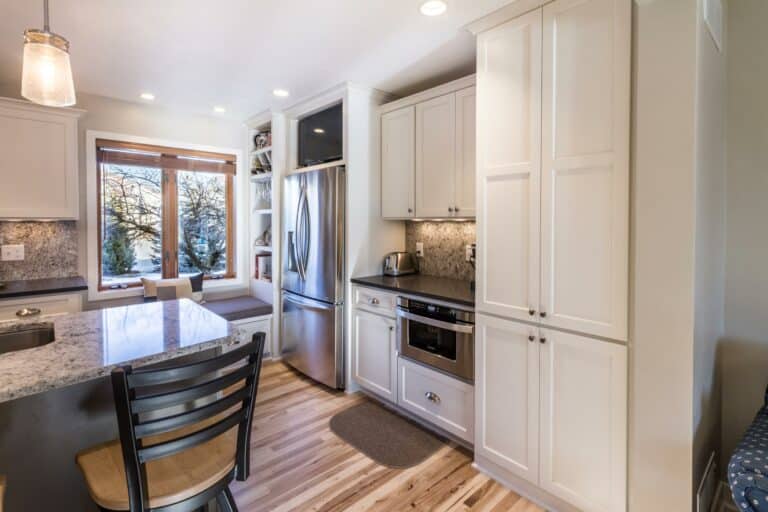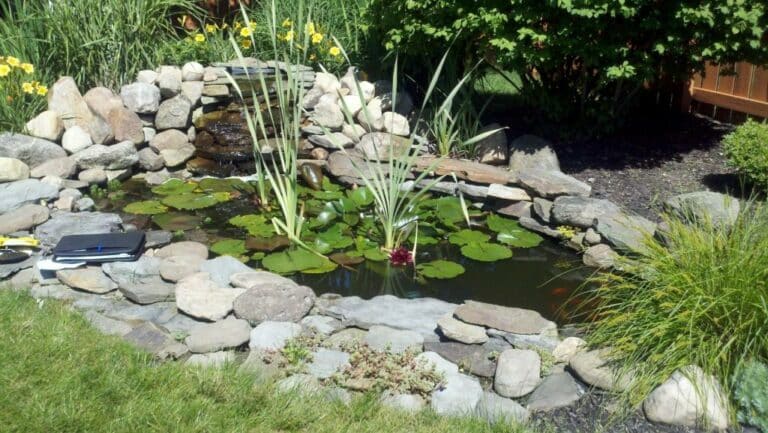A Step-by-Step Guide on Paint for Stone Fireplace
Having a gorgeous fireplace as a centerpiece of the room is a dream for all homeowners. They will be delighted to discover that a mere coat of paint for a stone fireplace works wonders on the decor. Painting a stone fireplace is to make it shine. An old fireplace will be an eyesore, and large uncanny rocks make the room feel dated and dark with a stench of infested Moss.
Painting is considered the best renewal option given the fact that removing a stone fireplace and replacing it with a new one is a huge task, unlike changing drywall, tile, brick, wood, concrete, or steel.
In fireplace painting, DIY is easy because you can completely change the look of an old, outdated stone fireplace in a cost-efficient way of painting in your way. This does not need any Bob Ross-like painting expertise. The processes in DIY painting of stone fireplaces will be interesting to analyze.
Let us see how it works.
Important Stone Fireplace Painting Steps
Once you have decided to give a new coat of paint to the fireplace, plan out the successive steps. Before painting happens, the first task is to clean the fireplace and make it clean from dust, soot, and other vestiges of grime and dirt.
1. Clean the Stone
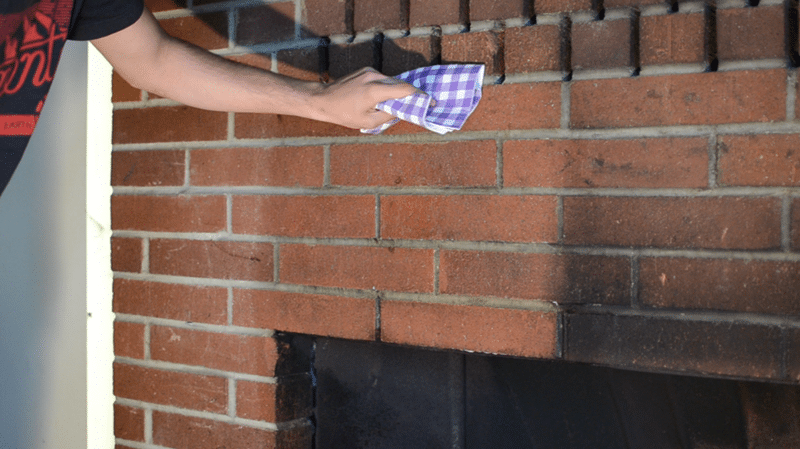
Use a stone cleaner to spray your stone and wipe it off with a damp sponge or rag. Also, use warm soapy water. In case your stone is very dirty, use TSP, as it is very strong.
Before painting starts, get rid of all dust, dirt, or soot to make the surface clean. Using a wire scrub or brush can help you wipe off the stone’s surface while applying soapy water or a complete cleaner. During scrubbing, pay attention to removing dirt between grooves in the stones. Use gloves and a sponge to wipe down larger stones with TSP.
Shortly before applying paint to the stone fireplace, remove all items in its vicinity, spread drop cloths on the floor, and start cleaning the stone right away with an all-purpose cleaner using a wire scrub brush. If you notice large or small cracks on the stones or the mortar, you have to fill them with paintable acrylic latex caulk. The drying time of acrylic latex caulk varies by brand.
While cleaning the fireplace and removing loose dirt and moss, wear protective glasses and a mask. Before moving on to further steps, wait until the fireplace is completely dry. The duration of drying time will depend on the cleaning product. You can also operate a few fans to dry the rocks.

The fireplace must have an overall cooling period of at least 12 hours after the last fire is put off. It is advisable to spread drop cloths on the floor and cover nearby furniture with a tarp to protect them from stains of cleaning fluids and dust.
In the paraphernalia to add paint for the stone fireplace, the key is using a small shovel to scoop up the ashes from the firebox. You can transfer the ashes into a metal container and fill it with cold water and close the lid.
Keep the stored container outside the home and away from inflammable materials until you discard them. A vacuum cleaner will be useful to remove dust from the fireplace surround and undo accumulations on the stone surface and hasten the cleaning job.
2. Use Painter’s Tape to Mark out The Painting Area
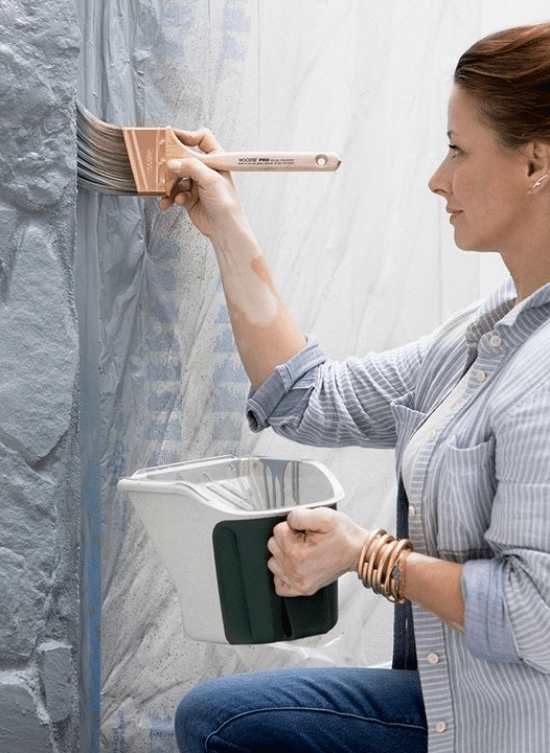
Use painter’s tape to mark off the area that you would paint to protect the floor and walls. Placing a drop cloth on the floor will save you from the stains of dripping paint. The thin, drippy paint mixture may spill, so make sure the drop cloth is large enough.
3. Criteria for Choosing the Paint

While choosing the paint, one factor that should weigh heavily on your mind should be the status of the fireplace.> If the fireplace is active, then POR 15 High Temp heat-resistant paint can work for you. How far that color can complement the shades chosen for the walls is also important. Using heat-resistant paint that can withstand heat up to 250 degrees will be fine
. One good option is interior latex paints with a primer that may be water-based or oil-based and a sealer.
Advantages of Latex paints: Latex paints are user-friendly and carry no unpleasant smells. They are durable and got a wide range of finish options, such as eggshell, satin, gloss, flat, and semi-gloss. Other alternatives are watered-down paints, milk paint, acrylic paints, and chalk paint.
Another important point in fireplace painting is not to use the same paint for the exterior fireplace and interior firebox. As mentioned above firebox needs high-quality heat-resistant paint.
Start making a mixture of water and white paint under equal volumes. While mixing, there must be equal parts of paint and water; apply the mixture to brush each stone and mortar to fill in the crevices and cracks.
4. Apply the Primer
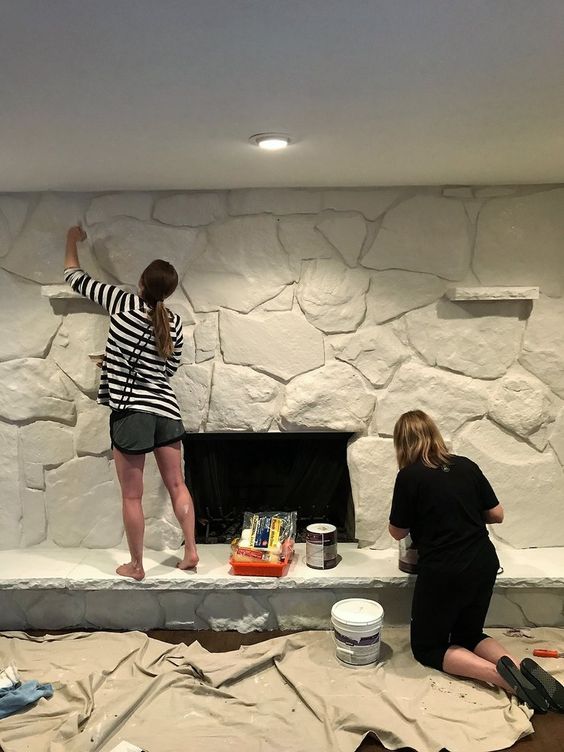
In the basic operation of DIY paint for a stone fireplace, do seal the rocks with Kilz to establish a base for the wall color. To make the filling grooves effective, better use a 3/4 thick roller cover and a fat paintbrush. Keep primer two coats so that the wall is ready for the interior paint.
After the stones are perfectly dry, use a paintbrush to add one or two coats of an oil-based primer all over the stone. Choose a water-based paint shade of your choice for the stone fireplace and see the rapid transformation. Apply primer paint and interior latex finishing paint on the exterior of the fireplace and not inside the firebox. The inside will need special heat-resistant paint.
Start with small portions at a time. Stones are porous, and they soak up the paint faster. You can wipe off excess paint always. There is no need for any tension of brush strokes to show up since the mixture is thin and watery.
Assess the drying time starting the painting exercise by reading the label on the caulk. Once prepped, start painting using the right tools, materials, primer, and paint, and your stone fireplace to turn out great. To paint another layer, wait until the first layer dries off completely before applying the next. Apply a gray-wash layer with a gray-tinted paint and then a white-tinted layer.
Advantages of Whitewashing the Stone Fireplace
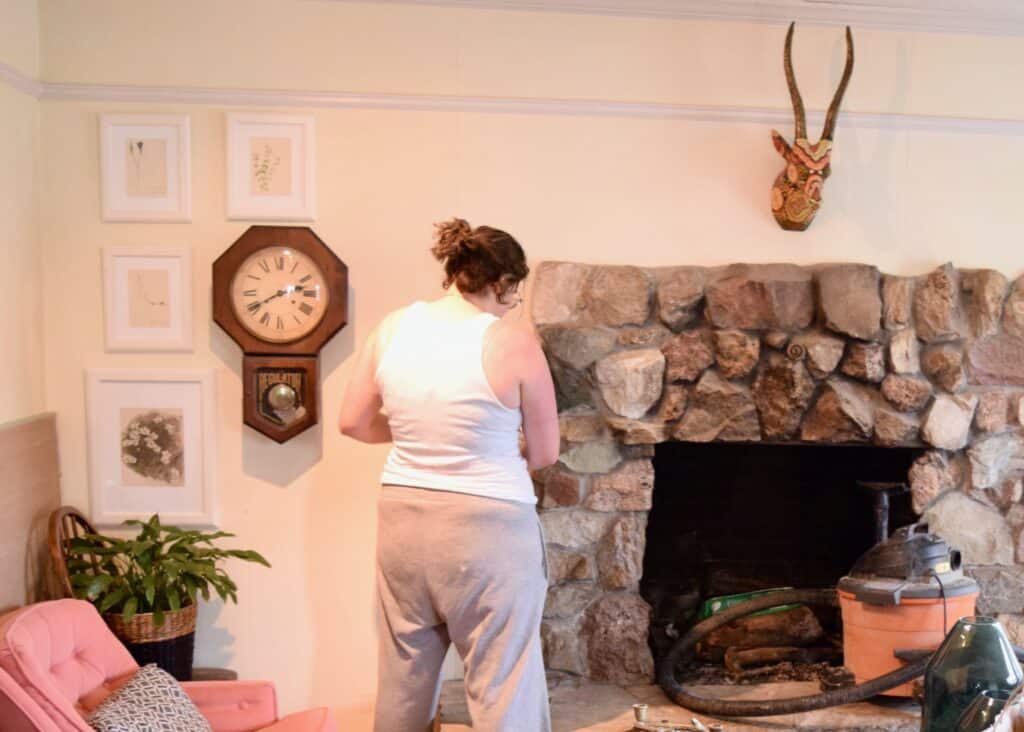
In the renovation plan to paint for stone fireplace, if you are keen on salvaging features of the original stone, then go for whitewashing. That also helps to retain some of the original rustic look. Whitewashing does not require any hard precision, as the goal is to create an imperfect, glossed-over look to make the stone peek through. In the paint for a stone fireplace, whitewashing is always a viable option. If you are opting for lime wash vs. whitewash, the former is a bit more advanced, anti-microbial, and eco-friendly.
However, when compared to whitewash, it is a bit difficult to work with, given the skewed availability and limited range of color choices. Also, repainting has to be done every two years. Whitewash is simple and easy to apply. It can be changed easily for another color if you want a different look.
Although the choice of paint is personal, ensuring there is a certain syncing of color and sheen with the surrounding walls is desirable. An example is an eggshell sheen.
On selecting the paint color wall, standard interior latex paint in an eggshell sheen continues to be a popular choice. Maintain the same color on the walls as well as the fireplace.
In the paint-for-stone fireplace scenario, classic black attracts many homeowners with its modern look and masculine vibe. There is also a scope to accentuate black accent with picture frames, decorative tables, and Candleholders to integrate the entire room into a compatible decor.
Apply Colors to Build a Thematic Feel

If you want a dramatic feel or a cozier touch, then your colors for the stone fireplaces should be black, dark gray, and any other dark shades. For a calming effect, softer and lighter shades are fine.Also, take into account the lighting factor. If the fireplace is housed in a dark room, such as the basement, light colors, including creamy white, will light up the room. White fireplaces generally lend a modernist touch to the room.
Paint Brands and Tools for Painting a Stone Fireplace
Some of the sought-after paint brands used for stone fireplaces include the following.
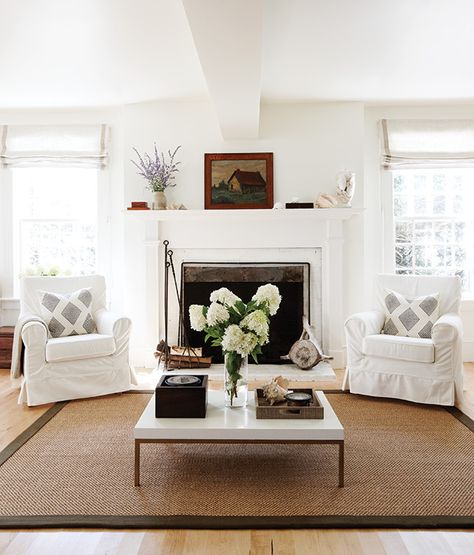
- KILZ General Exterior Latex Primer/Sealer
- Benjamin Moore White Diamon
- Benjamin Moore Cloud white
- Annie Sloan Chalk Paint Paris Gray
- Rust-Oleum Matte Interior Chalked Paint
- Benjamin Moore Winter Snow
- Dunn-Edwards Whisper Dew 340
Tools and Equipment for Fireplace Painting

- Plastic gloves Paint tape
- Sponge for clean up
- Stone Cleaner
- Drop cloth
- Gray Chalk Paint
- White Chalk Paint
- Paintbrush with stiff bristles
- Plastic container to mix paint
A perfect shade of paint will make a 360-degree transformation with a boring mantle changing into a shining centerpiece feature. Not only paint for a stone fireplace transforms a room’s ambiance, but it also provides a versatile foundation for adding different color schemes. Stone is a wonderful material that provides homeowners with both versatility and a base for different color schemes.

Your painting techniques can include traditional as well as modern methods with paint brushes and roller brushes. In deciding the color of the paint for the stone fireplace, the simplest way is just to visualize the look you want to achieve. There are many white shades — creamy beige undertones to yellowish undertones. The ideal decor is matching the mantle shade with the wall color.
Painting the Fireplace with a Shiny Topcoat

If the fireplace surround has a shiny topcoat, you have to rough up the surface to ensure the paint adheres to it. Use a sanding block to scuff up the stone fireplace, clean up the surround, and follow the methods to apply primer and paint.
As for the fireplace made of bricks and lava rock, the paint for the stone fireplace’s surround can be done with durable primer and latex paint. When it comes to painting stone fireplaces, examine the quality of the stones. They come in a wide range, including marble, slate, and granite, and cover the space around the chimney or reach up to the ceiling.
The fireplace surround is expected to make a statement in terms of the latest fireplace trends and stand out with natural looks. In the latest fireplace trends, the standard of the yesteryears is making a comeback.
Conclusion
In recent times, fireplace painting has simplicity as the watchword. It means keeping the symbol of fire as the main accent and avoiding heavy decor that could distract attention. The fire source as focus calls for a simple and minimalist surround contrasting past trends of bright colors hogging the limelight in the surround.
The above discussion on paint for the stone fireplace has taken a composite view of the choice of paints and ways to prep and execute your DIY painting of a stone fireplace. You may keep in mind that the tips here to paint your own stone fireplace will help you control costs and achieve precision and perfection until you are satisfied with the look of your new focal point in the room.
Go ahead and flaunt a fresh-looking fireplace.

